ARTH100: Unit 8 - The Counter-Reformation and the Americas (1517-1750 CE)
1/20
There's no tags or description
Looks like no tags are added yet.
Name | Mastery | Learn | Test | Matching | Spaced |
|---|
No study sessions yet.
21 Terms
Doctrine of Discovery
A series of international law concepts stemming from terra nullius, which justifies the occupation of uninhabited territory by “civilized people'“ It originated from official declarations issued by the People, giving European countries the power to conquer non-Christian lands and playing a role in the colonization of the “New World”
Columbian Exchange
After Christopher Columbus, many material objects (Americanas) were shipped to Europe and seen as exotic. These were often displayed in cabinets of curiosities, offering a way for ordinary elites to engage with American culture.
Protestant Reformation
A significant historical event beginning with Martin Luther’s 95 Theses, spreading across Europe and the world, leading to major religious wars and impacting Christianization and colonization. It challenged Catholic beliefs, particularly on salvation and the role of religious art. Reformation art was often iconoclastic.
Counter-Reformation
The Catholic Church’s response to the Protestant reformation, emphasizing art that was educational and easy to understand, as promoted by the Council of Trent. Also known as Post-Tridentine art, it was aimed to use the power of images to guide and inspire worshippers.
Council of Trent
An assembly of high Catholic Church officials addressing issues raised by Luther. Key outcomes included denying justification by faith alone, reaffirming purgatory, the seven sacraments, transubstantiation, and the appropriate use of religious images.
Baroque Period
An art period characterized by a wide diversity of approaches. In the Catholic world, religious art featured shocking realism, illusionism, and aimed to make the divine present. In the Protestant world, the rise of a prosperous middle class led to more patronage for genre scenes like landscapes and portraits.
Iconoclasm
The destruction of religious images, notably during the Reformation. Examples include Beeldenstorm in the Netherlands, where religious artwork was attacked and destroyed by those against idol worship
Impact of the Doctrine of Discovery on the environment
Justified the seizure of territories, leading to significant environmental changes as European powers asserted their authority.
Mexica (Aztec) Empire
A powerful empire in Mesoamerica, part of the Nahua cultural group and speakers of Nahuatl. Their capital Tenochtitlan, was a sophisticated city based on their cosmology. Known for their architecture, culture, feather work, and screen fold manuscripts. Tenochtitlan was conquered by the Spanish and is now Mexico City
Taino People
Indigenous inhabitants of the Caribbean who were first encountered by Christopher Columbus. This meeting led to a devastating transformation of their society and culture. They worshipped Zemis (sculptural figures)
Transatlantic Slave Trade
The forced movement of millions of Africans across the Atlantic, significantly shaping the wealth of European societies and having a lasting impact on the world. It was rarely depicted in art.
Colonialisms impact on art
Was complex, rooted in beliefs of white supremacy, and influenced by a new understanding of natural sciences. European artistic styles were often used to represent colonized lands and people, while Indigenous and African art was subject to both appreciation and denigration.

Lucas Cranach, The Law and the Gospel
This German Renaissance artwork was created to express the ideology of Protestantism as explained by Martin Luther. It’s a propaganda piece that visually contrasts the Catholic path to heaven (through actions and donations) with Luthers belief that salvation is reached through faith and God’s grace alone. The image depicts the “law” as unable to bring salvation, while the ““gospel” offers it through chirst

Pieter Bruegel, The Sermon of Saint John the Baptist
Reelects the intertwined religious, political, and economic issues with the Flemish Protestants in the Netherlands. It depicts a hedge preacher hidden and protected by the crows, holding a sermon outdoors outside of official jurisdictions, correlating with anti-Spanish/Catholic sentiment created by the Hagenprickers. Although titled after St. John the Baptist, the figures are dressed in contemporary clothing, and a man having his palm read is identified as wearing Spanish robes, possibly linking Catholicism with attempts to control fate.
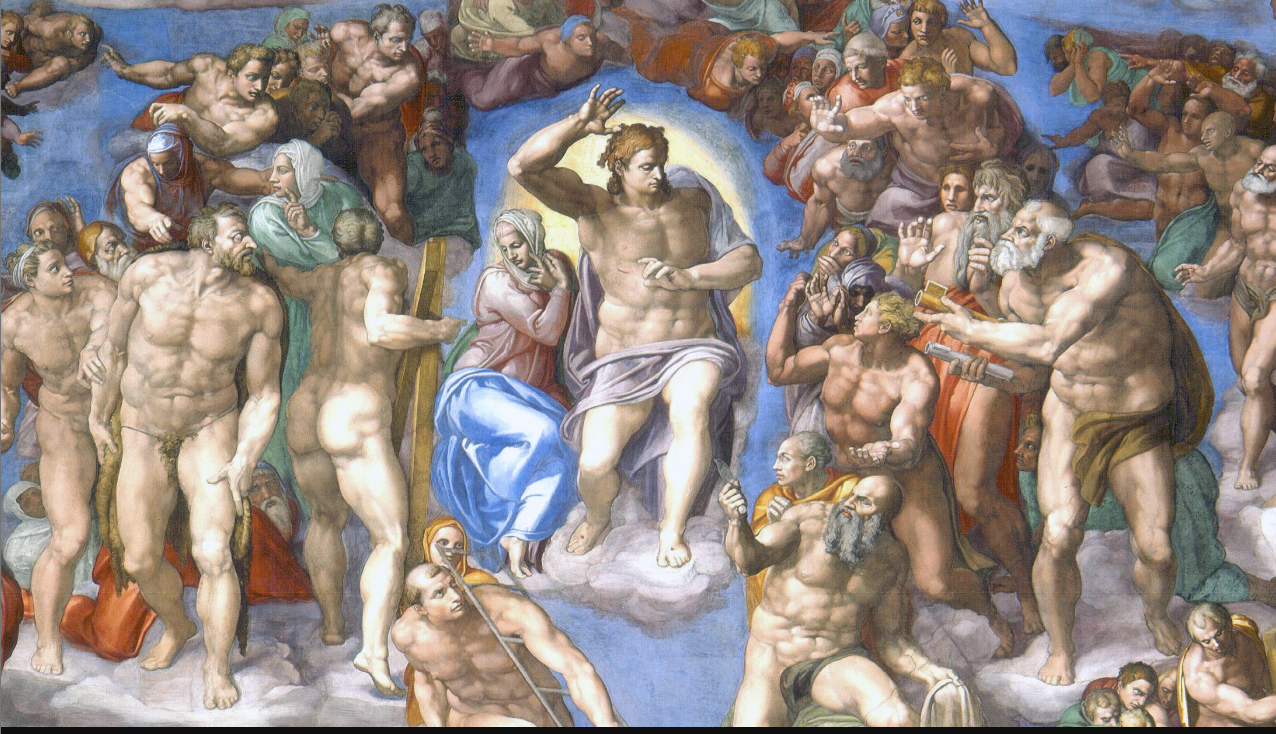
Michelangelo, Last Judgment
This fresco on the altar wall of the Sistine Chapel caused furor due to extensive depiction of naked figures in a sacred space. Critics also questioned the composition. The controversy surrounding the nudity reflected the Catholic Church’s reaction to the Protestant Reformation and the increasing calls for religious art to be educational and easy to read, as later formalized by the Council of Trent
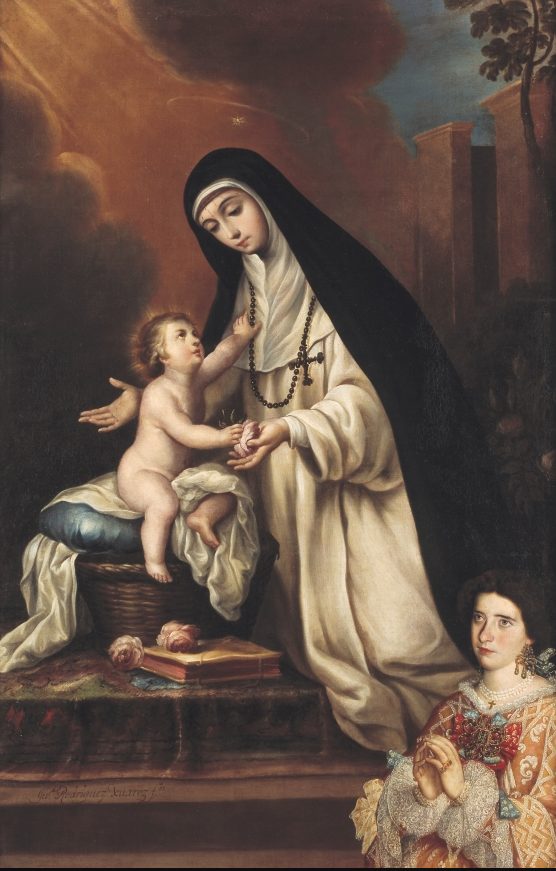
Juan Rodriquez Juarez, St. Rose of Lima with Christ Child and Donor
Created in the New World, shows the growth of new iconographies and the increasing interest in placing the patron onto the canvas. This was a practice previously rejected by Protestants but was being revisited to support new local devotions. The inclusion of the patron reflects a shift in artistic conventions in the Americas. The image also highlights the Virgin Mary’s role as intercessor between God and the faithful.

Taino artist, Ritual seat (duho)
Created by the Taino people, who were the first to encounter Christopher Columbus. Very little is documented about their culture, but this crafted object speaks to their craftmanship and what was important to them. The Taino worshipped two main Gods and lesser gods in the form of Zemis.
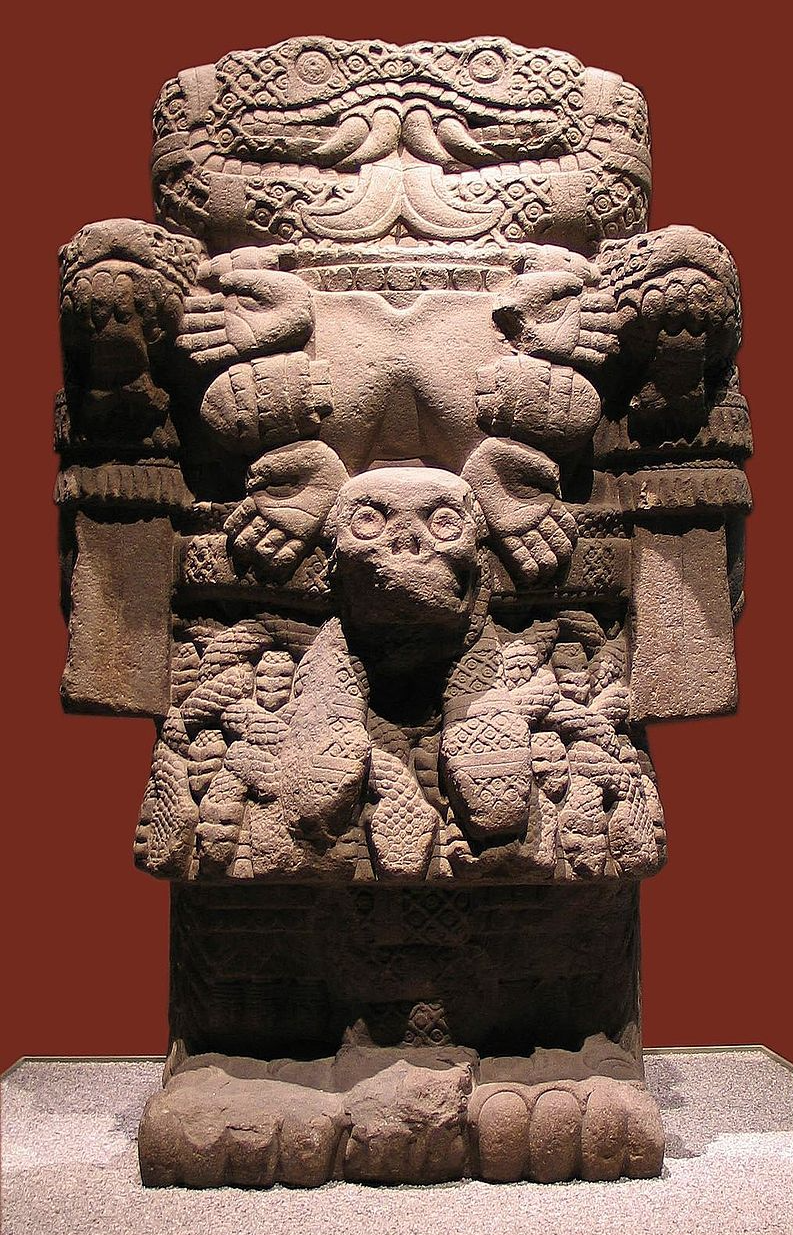
Coatlicue, Mexica (Aztec)
Goddess figure towers over onlookers and appears ready to strike. The sculpture depicts her as beheaded, with snakes coming out of her neck representing spurting blood. She has a skirt covered in snakes an an exposed upper torso, indicating she was a mother. The myth associated with it recounts the birth of a Aztec patron deity. Prior to Spanish conquest, several female deities were believed to be patrons of midwives and helped bring the world into being
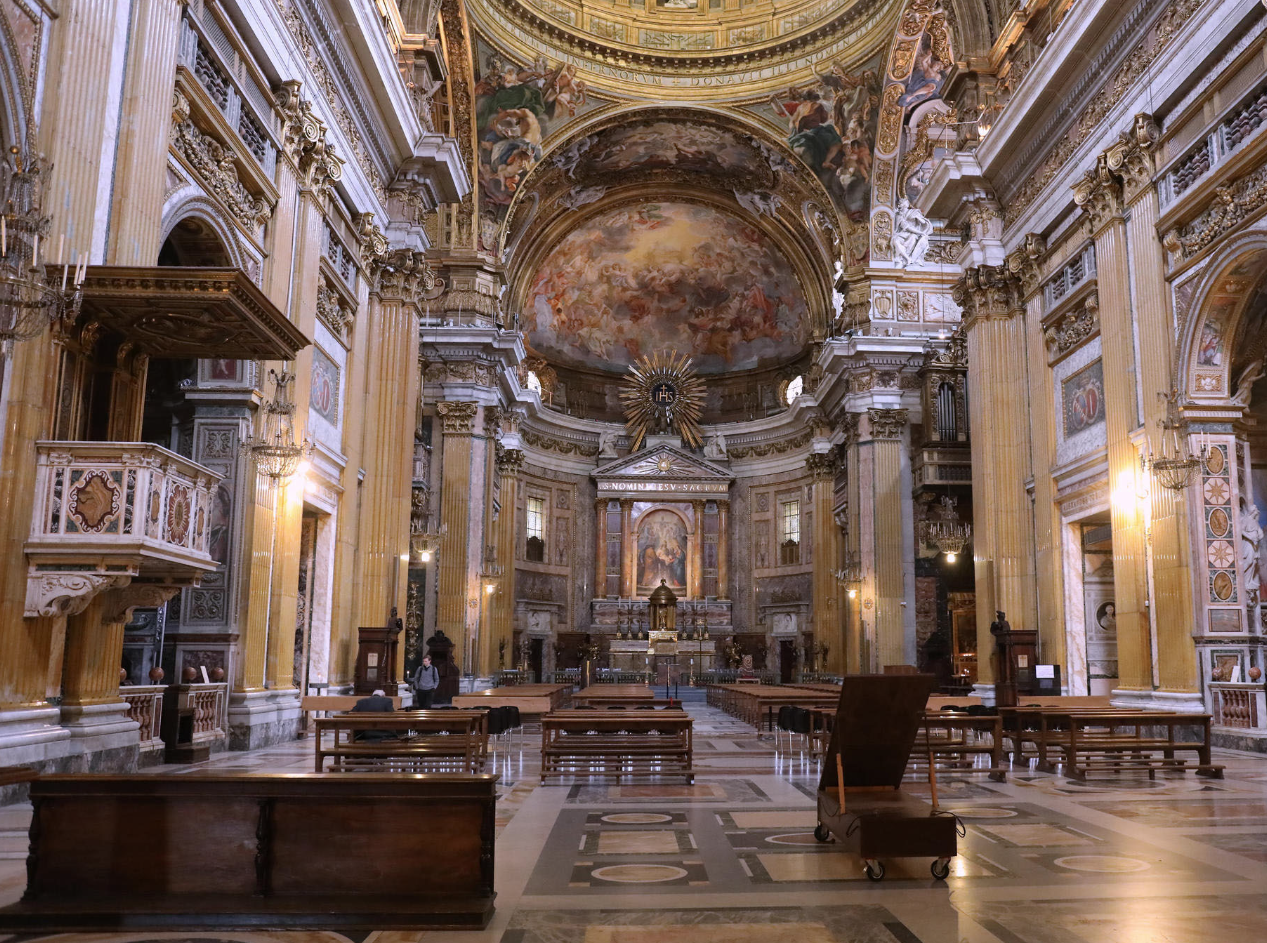
Church of II Gesu
Had a significance of being a place of conversions in colonial contexts. It embodied the mission of defending and spreading the Catholic faith around the world. The Jesuit order, dedicated to missionizing and evangelizing, and which founded schools globally for conversion, was associated with this church.
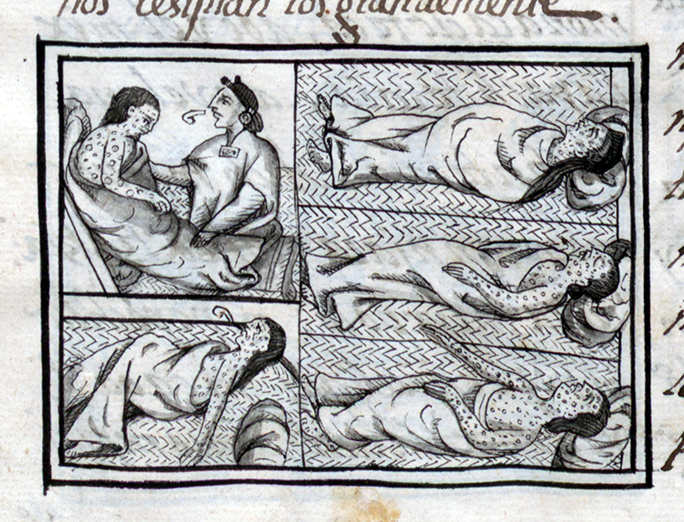
Mexica afflicted with smallpox, Florentine Codex
Shows the unfortunate affliction with smallpox in 1520, when the Spanish marched against Tenochtitlan. Instead of celebrating a festival, the people suffered from the disease, leaving many unable to move. This event significantly disrupted the Mexica population and aided the Spanish conquest.

Queen Mother Pendant Mask (Iyoba)
Made of ivory, iron, and copper, is an example of an early encounter with Europeans. The faces at the top are believed to represent Portuguese explorers identifiable by their beards and hats. These explorers collected ivory (white gold) and introduced guns, Christianity, and European commodities to West Africa. The mask represents the early stages of the transatlantic slave trade.